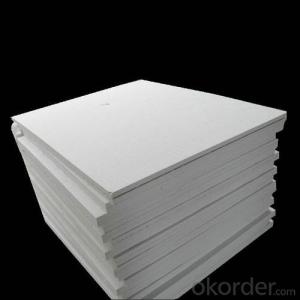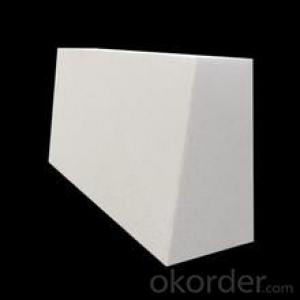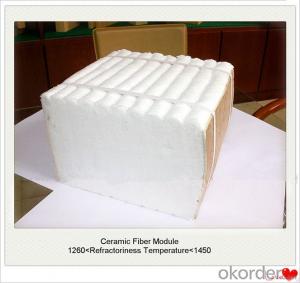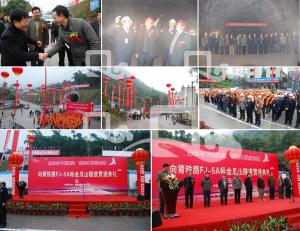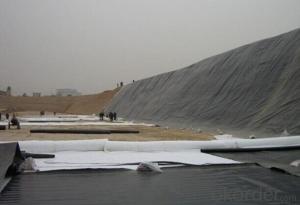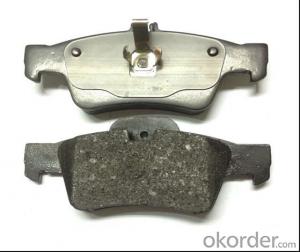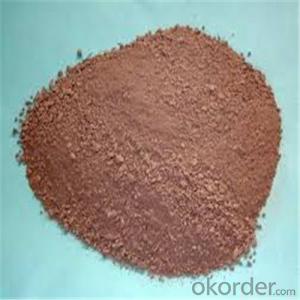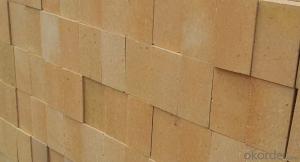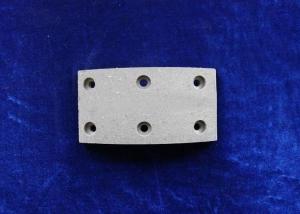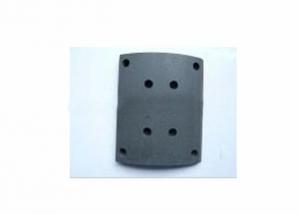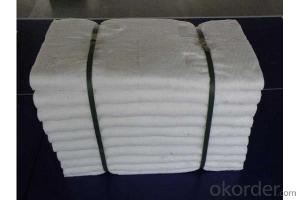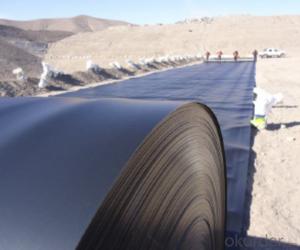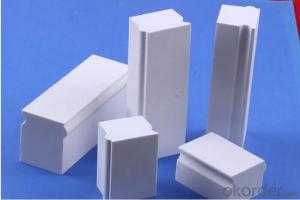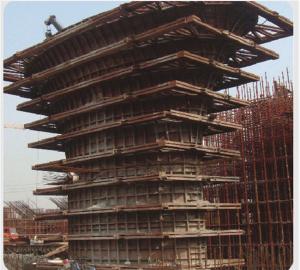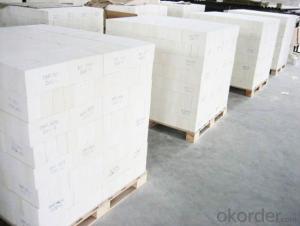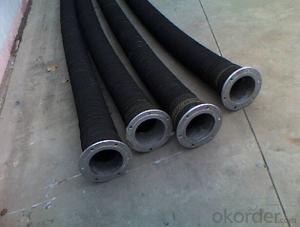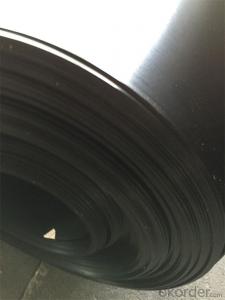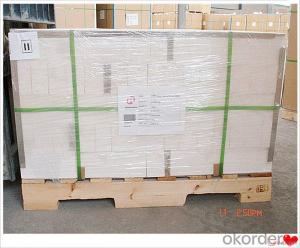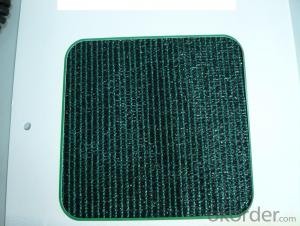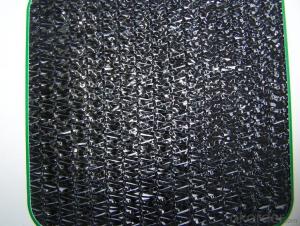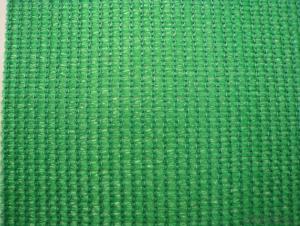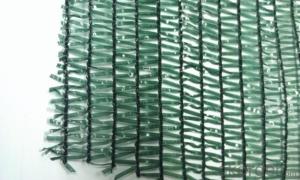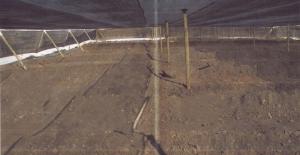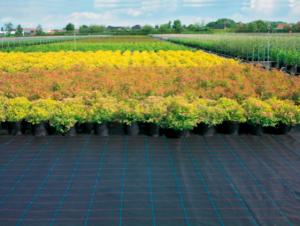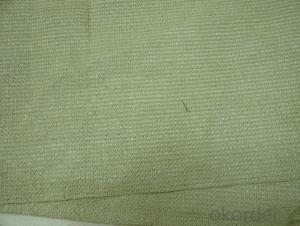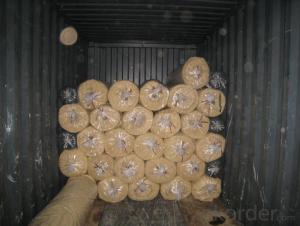Dam Lining
Dam Lining Related Searches
Solar Furnace Classic Wood Furnace Furnace Maintenance Furnace Thermostat Hdpe Lining Dam LiningHot Searches
China Pvc Geomembrane China Geomembrane Roll Sheet Scaffolding Manufacturer In Mumbai Hdpe Geomembrane Sheet Price Hdpe Geomembrane China China Geomembrane Geomembrane China Hdpe Geomembrane Price Geomembrane Liner Price Geomembrane Price Black Plastic Plant Pots Wholesale Wholesale Hdpe Geomembrane Roll Geomembrane Factory Wholesale Liner Hdpe Geomembrane Spring Manufacturer Singapore Bistable Spring Manufacturer Wholesale Geomembrane Hdpe Wholesale Hdpe Geomembrane Geomembrane Market Size Buy Air Pump OnlineDam Lining Supplier & Manufacturer from China
Okorder.com is a professional Dam Lining supplier & manufacturer, offers integrated one-stop services including real-time quoting and online cargo tracking. We are funded by CNBM Group, a Fortune 500 enterprise and the largest Dam Lining firm in China.Hot Products
FAQ
- Plastic nets have several disadvantages, including their negative impact on the environment. They are non-biodegradable and can take hundreds of years to decompose, leading to pollution and harm to wildlife. Plastic nets also contribute to the global plastic waste problem and can end up in oceans, causing harm to marine life. Additionally, plastic nets may not be as strong or durable as other materials, leading to potential breakage or damage.
- There are several benefits of using plastic nets in agriculture. Firstly, these nets provide protection against pests and insects, reducing the need for chemical pesticides. Secondly, they create a microclimate that helps regulate temperature, humidity, and sunlight, promoting optimal plant growth. Additionally, plastic nets act as a barrier to wind, preventing damage to crops and improving overall yield. Lastly, they facilitate better water management by reducing evaporation and providing efficient irrigation.
- Yes, plastic nets can be used for shading purposes. They are commonly used in agriculture, horticulture, and construction to provide shade to plants, crops, structures, or outdoor areas. Plastic nets offer UV protection, allow air circulation, and help regulate temperature and sunlight exposure.
- Yes, plastic nets can be used for creating decorative ceiling panels. Plastic nets are lightweight and flexible, making them ideal for creating intricate and unique designs. Additionally, plastic nets are available in various colors and patterns, allowing for endless possibilities in creating decorative ceiling panels.
- Plastic nets can significantly impact water runoff by reducing erosion and improving water quality. These nets act as erosion control measures by trapping sediment and preventing it from being washed away by rainwater. Additionally, they help to stabilize the soil and prevent the loss of topsoil during heavy rainfall. By reducing erosion, plastic nets minimize the amount of sediment and pollutants that enter water bodies, thus improving water quality and protecting aquatic ecosystems.
- When choosing the right plastic net for a specific application, it is important to consider several factors. First, identify the purpose of the net - whether it is for packaging, gardening, construction, or any other specific use. Next, consider the required strength and durability. Determine the weight or load the net needs to bear and ensure that the chosen net can handle it. Additionally, consider the desired mesh size and flexibility. The mesh size should be appropriate for the intended use, and the net should be flexible enough to accommodate the required application. Lastly, consider any specific requirements such as UV resistance, flame retardancy, or chemical resistance. By considering these factors, one can choose the right plastic net that suits the specific application's needs.
- Yes, plastic nets are generally resistant to chemicals used in agriculture. They are designed to withstand exposure to various agricultural chemicals, including fertilizers, herbicides, and pesticides. This resistance helps to protect the nets from degradation, ensuring their durability and effectiveness in agricultural applications.

